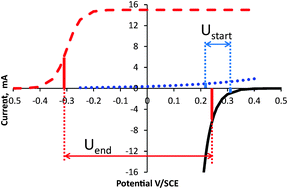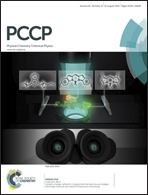Electroanalysis of microbial anodes for bioelectrochemical systems: basics, progress and perspectives
Abstract
Over about the last ten years, microbial anodes have been the subject of a huge number of fundamental studies dealing with an increasing variety of possible application domains. Out of several thousands of studies, only a minority have used 3-electrode set-ups to ensure well-controlled electroanalysis conditions. The present article reviews these electroanalytical studies with the admitted objective of promoting this type of investigation. A first recall of basics emphasises the advantages of the 3-electrode set-up compared to microbial fuel cell devices if analytical objectives are pursued. Experimental precautions specifically relating to microbial anodes are then noted and the existing experimental set-ups and procedures are reviewed. The state-of-the-art is described through three aspects: the effect of the polarisation potential on the characteristics of microbial anodes, the electroanalytical techniques, and the electrode. We hope that the final outlook will encourage researchers working with microbial anodes to strengthen their engagement along the multiple exciting paths of electroanalysis.


 Please wait while we load your content...
Please wait while we load your content...